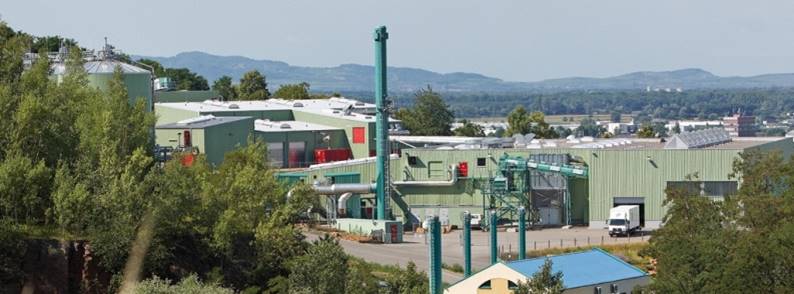Mechanical Biological Waste Treatment –Now Worth Another Look! Part I
August 10, 2022 by Glen Tobiason
MBT – Mechanical Biological Waste Treatment – Shunned in the Past – Now Worth Another Look! Part I
In the past, the success of the mechanical biological treatment (MBT) of waste, specifically municipal solid waste (MSW) was not able to make its mark and get traction in the market. Some systems and processes were tried, and facilities were built in Europe. At the time, these processes were in their trial stages, and even though two large scale facilities were built in Germany, they failed. This cost a lot of time and money and the two facilities were shut down and dismantled. The process simply did not work. This led to the “MBT” process being shunned practically eliminating a possible acceptance, especially in North America.

“Times they are a changing,” and technologies as well. The MBT process was reevaluated. New and improved processes were used and combined in a logical, efficient way. All the while using as few resources and chemicals and as little energy as possible, an MBT process was developed that does work. The goals of this MBT process is to extract and make available the maximum energy (energy carriers) and material potential inherent in MSW and doing so with the least amount of energy and cost.
A unique aspect of this MBT process is the MSW, used as a feedstock, has the organic components in it and these organics components are not separated out in this MBT process! That means a separate collection of organics is not necessary. A big advantage is those organics carts and collection trucks can be factored out of the equation. The organic components of the MSW are used in the process to produce Biogas. Components of the Refuse Derived Fuels (RDF) are produced as by-products in this MBT process as well.
What has been achieved? For one, an extremely high diversion of organics from landfill. “Contamination” of organic feedstock with plastics and other non-organic components, which is currently a major problem for the industry, is not an issue with this MBT process. Secondly, this process is compatible with California’s SB 1383. One does not have to separate the organics from the MSW stream to obtain the necessary diversion of organics from landfill goals according to SB 1383 as expertly defined in Michelle Leonard’s blog posts California’s SB 1383 Lays Out Big Changes for Organics Management and California’s SB 1383 Lays Out Big Changes for Organics Management Part 2
A new facility using this MBT process would be designed to fit the current waste input, current waste regime, and current and future quantity of waste for a region or municipality. A rethinking of the way waste is collected and processed might ensue, but it wouldn’t be necessary to change the current way this is done now. The design of such a facility would ensure that the outputs (biogas, RDF, inert materials, recyclable materials, residuals, etc.) all fit the needs of the region and possible utilization of such outputs.
A more detailed explanation and review of this process its outputs and their utilization can be found in upcoming additions to this blog thread. Stay tuned!

Glen Tobiason
InnoWaCon LLC
Innovative Waste Conversion technologies
President & CEO
734 East Penacook Road
Hopkinton, NH 03229-2911
Cell: +1 603 406 9883
E-Mail: glen.tobiason@innowacon.com
Bio: Glen Tobiason has received his Bachelors degree in Mechanical Engineering from Northeastern University, Boston. Glen has over thirteen years of in-depth experience with the Maximum Yield Technology (MYT®) of the ZAK. Being fluent in both English and German, he has introduced the benefits of MYT® to various countries and cultures. Glen has now founded the InnoWaCon LLC to market this and other waste conversion technologies in North America.







Leave a comment